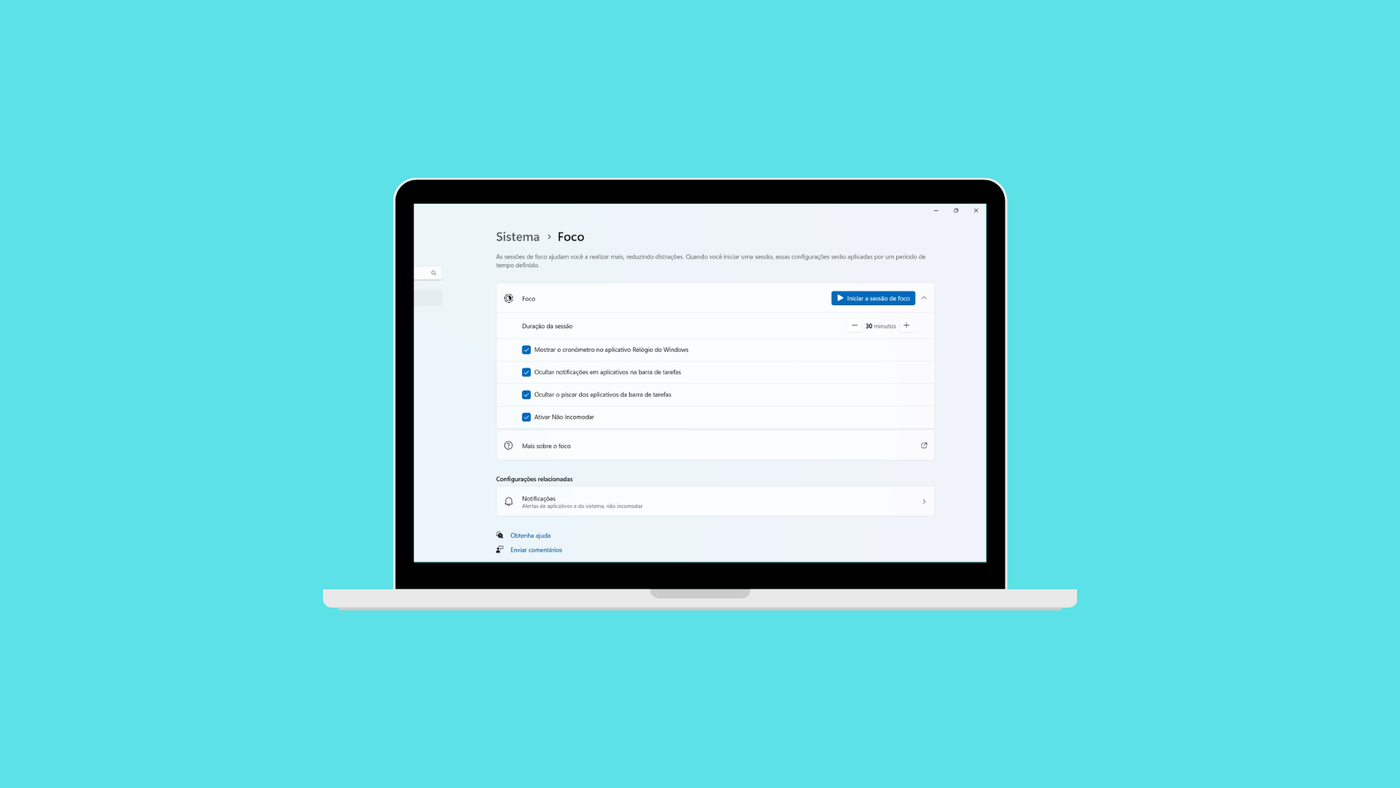One of Microsoft’s best decisions for its browser was switching Edge to the Chromium engine. That move brought a wave of improvements in performance, speed, and overall optimization. On top of that, Microsoft now actively contributes to the Chromium project, helping improve the engine for everyone.
Over time, this shift has helped Edge shake off the negative reputation it once had. Users are starting to see it in a more positive light, and its market share has steadily grown as a result.
And it doesn’t stop there. According to the team at Bleeping Computer, Microsoft has managed to boost Edge’s performance by up to 9% with the latest update — a welcome improvement for those using the browser daily.
The Edge browser improves its performance by up to 9% with its 134 version

This is one of the most exciting updates for Microsoft Edge. The browser has come a long way in recent years, and with consistent improvements, it’s now the preferred choice for many users — even surpassing Google Chrome in some cases. That’s impressive, considering where Edge started.
Microsoft isn’t slowing down, either. With the rollout of Edge version 134, the company has confirmed a 9% increase in overall speed and responsiveness. This boost is part of Microsoft’s ongoing commitment to making Edge as fast and efficient as possible.
What’s New in Edge Version 134?
In a recent official blog post, Microsoft detailed the latest performance upgrades, highlighting that their engineering team has focused heavily on internal optimizations within both the browser’s codebase and the Chromium rendering engine.
The result? Significant performance gains across both Windows and macOS. Here are some of the key improvements:
- Edge now starts up 2% faster, meaning less waiting time when browser launches.
- Page navigation is 1.7% quicker, making everyday browsing smoother.
- Interacting with websites — such as typing, clicking, or scrolling — is now between 5% and 7% more responsive.
- 14 areas of the user interface (like History, Downloads, and InPrivate tabs) have been optimized by up to 40%, making previously sluggish menus feel much snappier.
How Did They Do It?
Microsoft used extensive field telemetry to achieve these improvements, simulating real-world web browsing across various devices. This allowed them to identify performance bottlenecks in everyday use and fine-tune the browser for better results.
Interestingly, after Edge switched to Chromium, it outpaced Chrome in terms of speed. However, as more features were added, performance decreased over time. Microsoft has trimmed down unnecessary overhead, streamlining features and improving core functions without sacrificing usability.
If you want to take advantage of all these upgrades, ensure you’re running Edge version 134 or later. The update is rolling out now and is a must-have for anyone who wants a faster, more responsive browsing experience.









